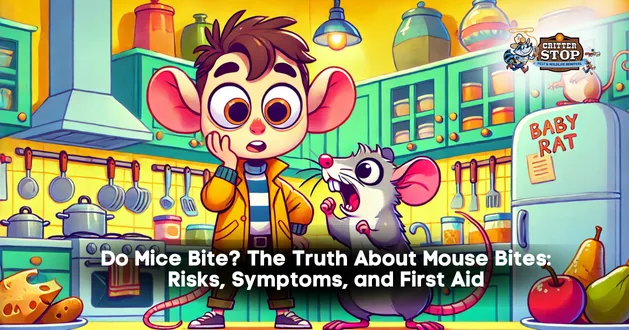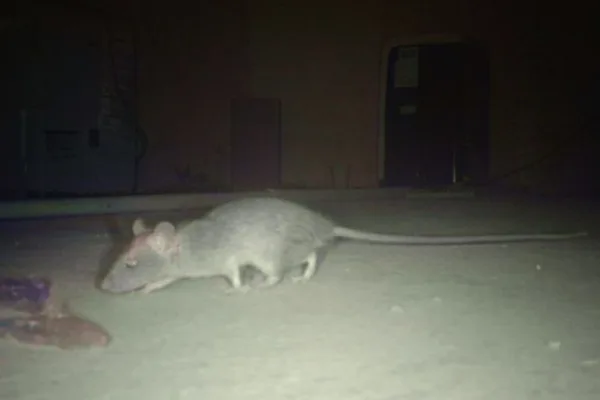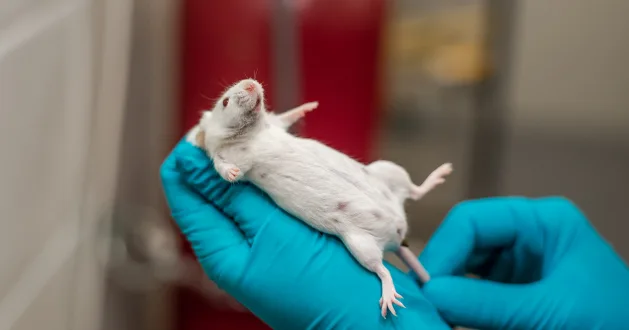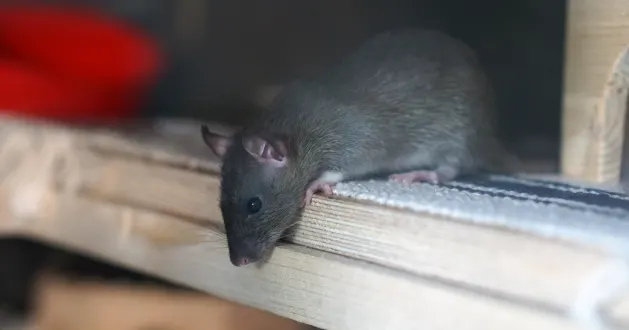
Maybe you woke up with a tiny red dot on your hand. Maybe you reached into a storage bin and felt a sharp pinch, faster than a sewing needle. The immediate question is simple and unsettling: do mice bite? Yes—mice can bite humans. But context matters. They’re not little vampires prowling for ankles; they bite when startled, cornered, handled, or defending a nest. Understanding when bites happen, what they look like, and how to respond turns anxiety into a plan.
Below you’ll find a practical, experience-driven guide aligned with IPM (Integrated Pest Management) best practices, the same framework professionals use. It’s not medical advice—but it is a clear, trustworthy path from “what is that mark?” to “we’ve got this handled.”

Mice are cautious, not combative. A bite is a last resort—a defensive reflex when:
Bites during sleep are uncommon but possible—typically when food odors on skin or bedding attract a curious nibble. The pattern is closer to accident than malice.
Key takeaway: Remove surprise, remove bites. Good lighting, gloves for storage areas, and not handling wild rodents go a long way.
Think small, neat, and deceptively simple.
Rule of thumb: One or two pinpoint punctures + a modest local reaction = mouse bite is likely.
Most people describe the pain as sharp then fading, similar to a pinprick or paper cut.

Usually minor, but not risk-free. Potential issues include:
Practical approach: Treat the wound properly, monitor for symptoms, and seek medical attention if anything escalates.
Avoid harsh chemicals directly in the wound (full-strength hydrogen peroxide can delay healing).

Prevention isn’t a single trick—it’s layered defense, exactly how reputable pest-control teams do it.
1) Exclusion (Seal Every Entry)
2) Sanitation (Starve the Problem)
3) Habitat Disruption
4) Controls (Traps > Poisons in Homes)
5) Handling & Safety
When infestations persist, professional inspection and a customized plan save time (and wiring). The best teams combine building science with rodent biology, and they document entry points you’ll want to see in daylight and plain language.

1) Do mice bite people while they sleep?
Occasionally, yes—but it’s uncommon. Most incidents involve food odors on skin or mice exploring near crumbs. Reduce risk by keeping food out of bedrooms, washing hands before bed, and sealing entry points.
2) Can mice bite through clothes or blankets?
Thin fabrics aren’t real barriers. Mice can gnaw through light cloth and soft plastics. Heavy fabrics help, but exclusion (sealing holes) is the real fix.
3) How can I tell a mouse bite from a spider bite?
Mouse bites show clean punctures (1–2 mm), often two close together, with quick-onset tenderness. Spider bites usually present as a single painful spot that may blister or necrose (depending on species) and typically lacks the neat dual-puncture look. When in doubt—or if symptoms worsen—seek medical evaluation.
Mice can bite, but they prefer not to. Most bites are defensive, small, and manageable with prompt first aid. The smarter play is preventing the close encounters that trigger bites in the first place: seal, sanitize, organize, and use targeted traps—or bring in professionals who do this every day. Calm beats panic; a plan beats guesswork.
If you need some professional help to deal with rodents, Critter Stop is your best option! With solid experience providing mice extermination services in Dallas, our seasoned team understands perfectly the necessities of our neighborhood. With our unique 4-step process, we give a first inspection to understand the problem and spot all the entry points, then we exclude your house to avoid new rodents entering; the next step is to remove the critters and finally we clean and sanitize everything!
What are you waiting for? Take up your phone and call us at (214) 234-2616 and get rid of rodents today!
Visit our Critter Library and learn more about our furry friends